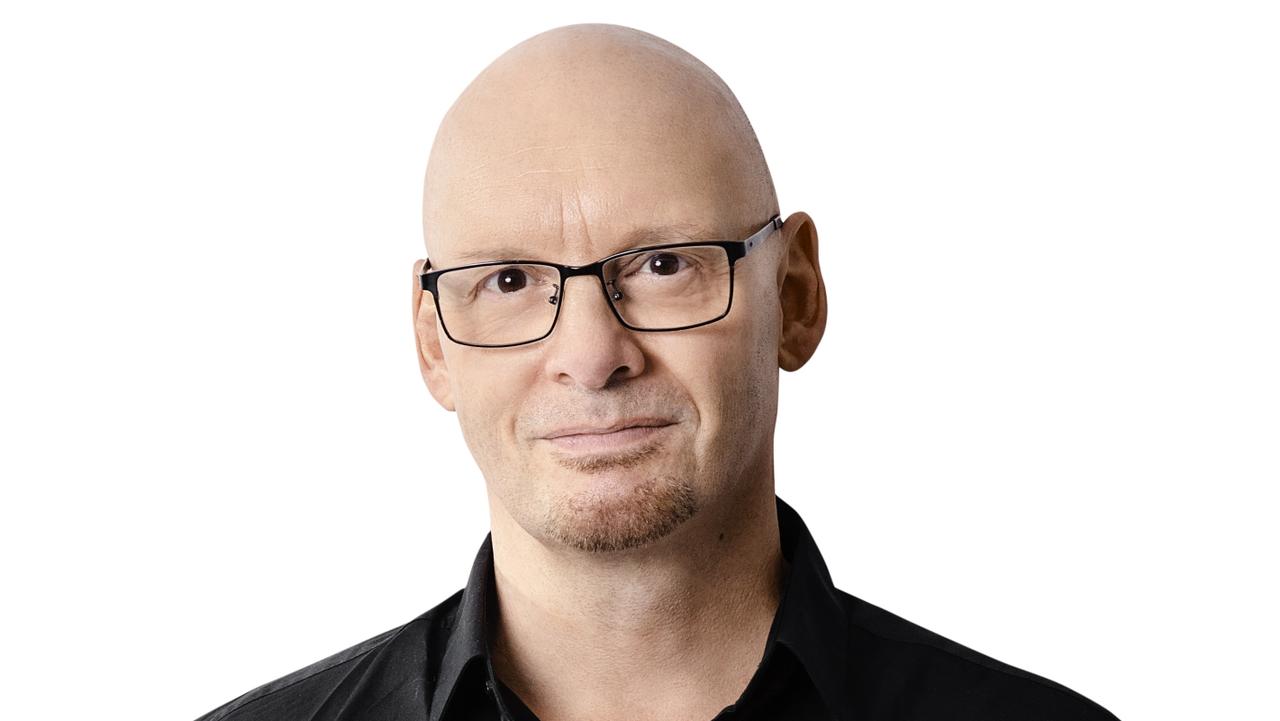‘Do not stand still’: Leaders’ calls on the next decade of Bradfield innovation
Major projects we take for granted today would have been unthinkable 10 years ago. But state leaders say innovation must continue to make the next decade as transformative as the last.
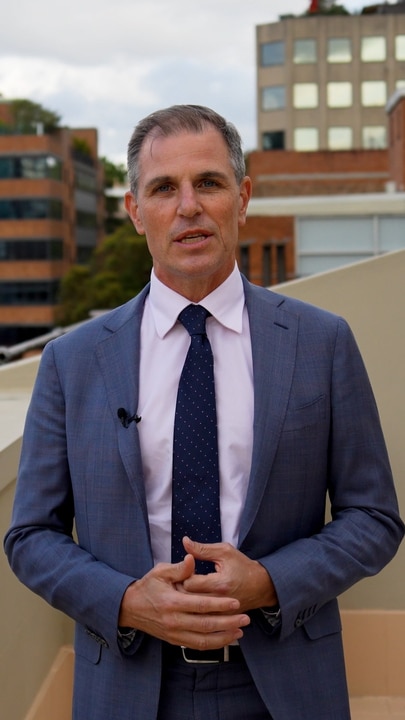
NSW
Don't miss out on the headlines from NSW. Followed categories will be added to My News.
Visitors flying directly into Western Sydney’s own international airport, commuting from Parramatta to the city on the Southern Hemisphere’s longest road tunnel, or zooming under the harbour from North Sydney to Barangaroo in just three minutes for lunch.
These are just some of the things we take for granted today – or will soon be commonplace – that would have been unthinkable 10 years ago, when The Daily Telegraph launched the annual Bradfield Oration to shape the future of our city.
Sydney has been transformed since then-Prime Minister Tony Abbott delivered the inaugural Bradfield Oration in 2014.
New motorways, Metro lines, and light rail have changed the way we travel to and around the city.
Parramatta has emerged as a second CBD, in Sydney’s geographical centre.
And, from next year, flights will begin landing at the Western Sydney International airport.
Now, eminent leaders – including former Bradfield orators – are urging governments to keep the foot on the innovation accelerator to keep innovating for Sydney’s future.
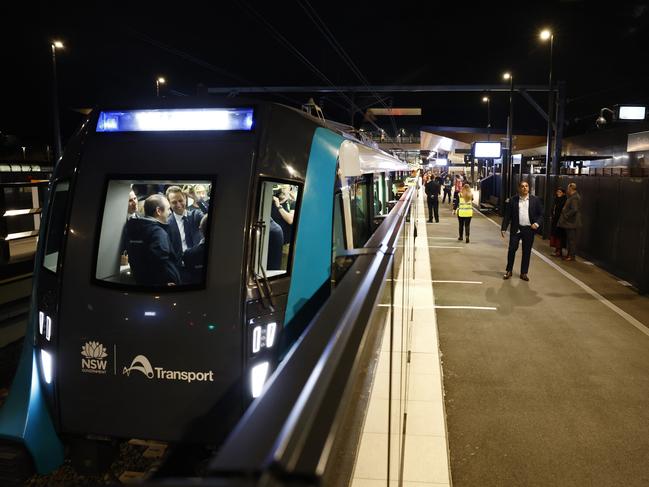
“The best civilisations in history have been marked by those who took on big challenges, had bold ideas and imagination,” former Premier and former Bradfield orator Dominic Perrottet said.
“We can never rest on our laurels by staying still and doing things the same old way.”
Tax and financial innovation:
An overhaul of the tax system and changes to Federal-State relations is one way to ensure Australia, and Sydney, is moving forward, Mr Perrottet said.
“It just needs will from leaders at a state and federal level to challenge the status quo,” he said.
“The systems that we have in the systems we have in place today, were made for a different era,” he said.
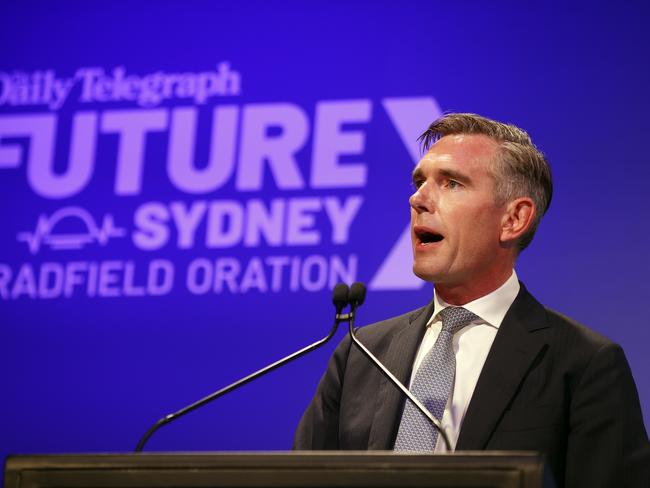
While in office, Mr Perrottet sought support from the federal government to scrap stamp duty. He also called for states to take over the running of childcare from the Commonwealth, in exchange for the Commonwealth to take responsibility for the NDIS.
Meanwhile, business supremo Tony Shepherd said governments to make it more attractive for superannuation funds to invest in local infrastructure projects.
Mr Shepherd said it would be a “no-brainer” to pursue investment from super funds to turbocharge the next Metro, WestConnex, or Aerotropolis.
He said super funds could invest in local projects via Public Private Partnerships (PPPs), like that which delivered the Sydney Harbour Tunnel.
“I believe it’s time to review and update PPPs” Mr Shepherd said.
“Our superannuation funds have trillions of dollars seeking a good home (and) are so desperate for opportunities to invest in secure long term assets they are looking overseas for opportunities,” he said.

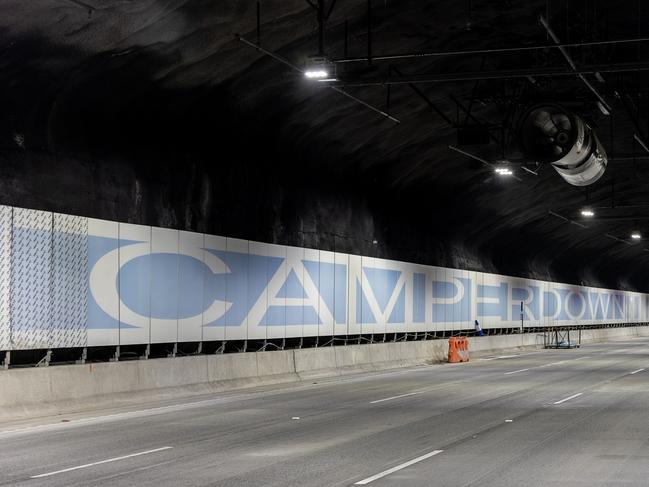
The latest quarterly superannuation statistics reveal that funds had $213,878 million invested in infrastructure in the three months to June – amounting to 8.4 per cent of fund assets.
The investments include $14.9 billion in “international listed infrastructure”, and $82.5 billion in “international unlisted infrastructure”. While funds invested slightly more in local infrastructure, Mr Shepherd said they would invest a lot more if given the opportunity.
“There could be no better use of our superannuation than investing in infrastructure which is needed to grow our economy and productivity,” Mr Shepherd said.
“It is a no-brainer.”
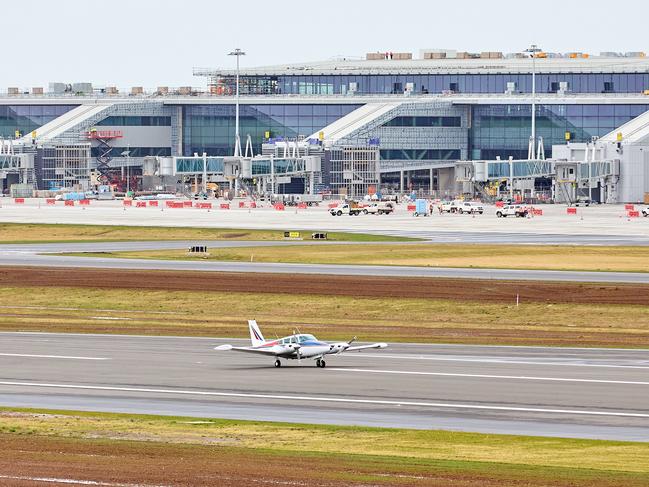
Infrastructure Innovation:
The Minns government is also being urged to ensure “temporary” fiscal constraints do not hold back investment in transformative infrastructure.
Committee for Sydney CEO Eamon Waterford said the government should not pump the breaks despite facing cost pressures.
“Not since the era of Bradfield do I think we’ve been so intent on investing in the infrastructure that the city needs,” Mr Waterford said of the past decade.
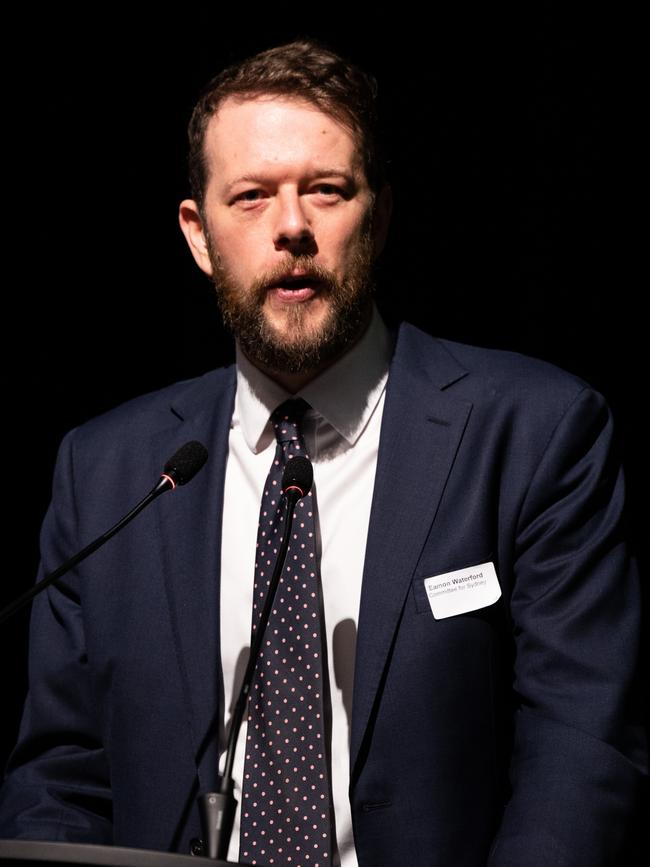
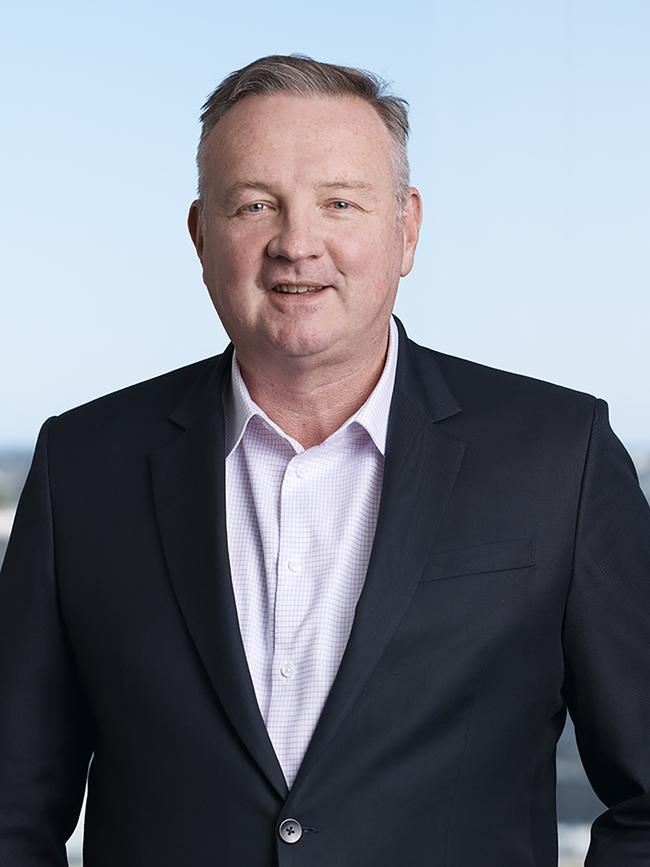
“The biggest overarching change in Sydney has been the rate of change; we’ve just gotten better and quicker at building big things.”
His said the top priority should be “identification of, and investment in, the next two Metro lines,” following the completion of Metro West – linking Parramatta to the CBD.
Business Western Sydney Executive Director David Borger said the space above stations along the Metro West line are ripe for development.
“Metro West Station box sides are the biggest and best development opportunities to get things moving in Sydney,” he said.
Education Innovation:
The Higher School Certificate is no longer fit for purpose and fails to reward students who take up practical real-world skills outside the classroom, experts say, amid calls to improve vocational education and “rescue public schooling”.
The HSC would be significantly improved if it scored senior high school students on a portfolio of achievements from throughout their final years – including internships, traineeships and workplace experiences – instead of relying on their performance in point-in-time academic exams, proponents of the alternative model say.

Big Picture Learning Australia’s Joanne Pettit said students who complete their alternative credential go on to pursue medicine and law at university as well as apprenticeships in the trades.
“There’s a big focus on learning outside of school, with internships and apprenticeships and the like … that’s where they’re forging real networks with adults,” she explained.
“They’re already a step ahead of the competition, they’re meeting potential employers who can say ‘this kid’s got something I like’.”
Making this model universal could “rescue public schooling”, Ms Pettit said, and ensure kids leave school with a credential “that’s not just a number, with some kind of secret algorithm behind it”.
Meanwhile former Premier and former Bradfield orator Mike Baird has declared that we need to “change our thinking” to arrest falling literacy and numeracy rates, backing serious educational reform.
“What we’re doing is not delivering the results that we’d all hoped for our kids,” he said.
A model in the UK bonding multiple schools into a single school “family” or network should be considered, Mr Baird said.
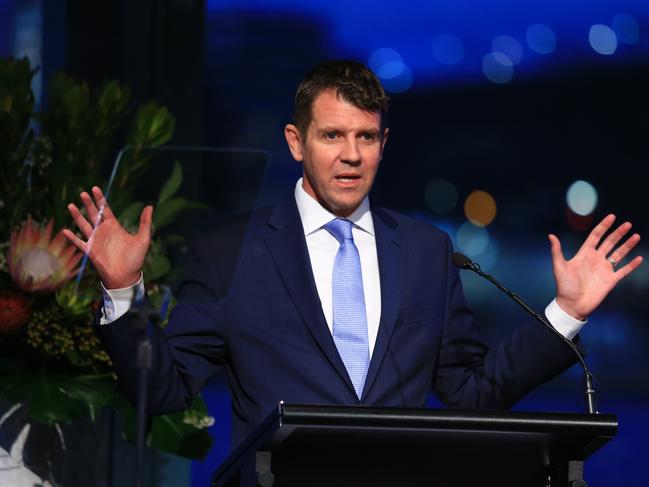
The multi-school organisation model creates a network of multiple schools under a single executive leadership team. The schools share staff and resources, and help give teachers career pathways across different institutions.
The model “is delivering incredible results,” Mr Baird said.
“That is seeing literacy and numeracy going out significantly.”
A Grattan institute report this year urged Australia to trial the scheme.
Meanwhile, peak business lobby Business Sydney has called for a dedicated “STEM College” giving students access to specialised education from Year Seven to set our kids up for future jobs.
STEM subjects – focused around science, technology, engineering and maths – are considered vital for future-proofed hi-tech jobs.
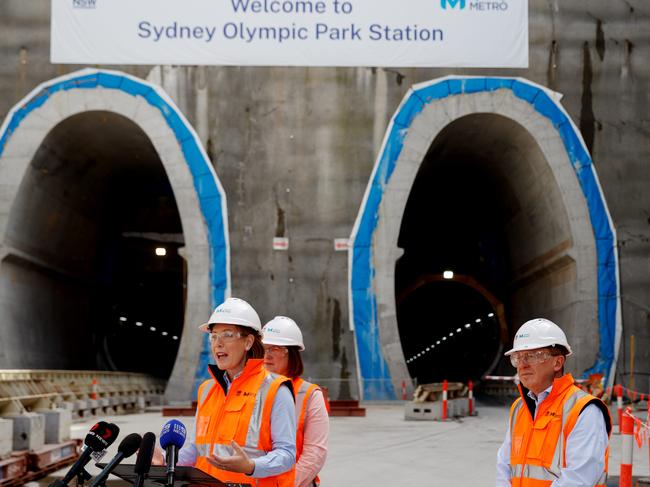
Business Sydney executive director Paul Nicolaou has urged the Minns government to pursue a STEM institute at Tech Central, surrounding Central station in Haymarket.
Mr Nicolaou said students need to be engaged in STEM subjects from an early age, rather than when they finish the HSC.
“By setting up a school or an institute there where Year Seven, Year Eight, Year Nine kids can get excited about STEM subjects, you got a better chance of getting them to go into STEM rather than someone who’s just come out of HSC,” he said.
“We need to grab them early in the piece, because by the time year 12 comes, they’ve made their mind up,” he said.
More Coverage
Originally published as ‘Do not stand still’: Leaders’ calls on the next decade of Bradfield innovation




